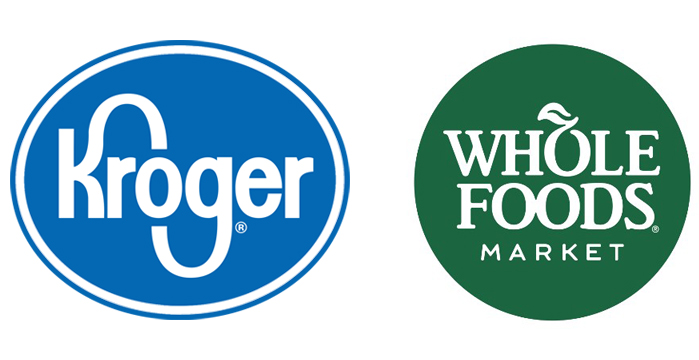In our previous call out summer school class, we outlined how to select the songs you’ll test in your callout research. Today’s class tackles the one song you should never, ever test in your new music research.
Don’t test a song your station shouldn’t play.
“Amazing grasp of the obvious over there at Integr8 Research.”
Usually, it is obvious. However, even the most disciplined, strategically-minded programmer will be tempted when that rare song comes along that defies the status quo.
Let’s flash back to October 2015. After four years in recluse, Adele releases her long-anticipated new song, “Hello.” People instantly love it. “Hello” debuts as the #1 highest scoring song for just about every Integr8 New Music Research client that tests it. The song gets so big that not only do mainstream CHR and AC stations test it, Hip-Hop oriented Rhythmic CHR and Urban stations start testing it, too.
Surprise—their listeners also love “Hello”. Even cats love Adele’s “Hello” in late 2015.
So now what?
At best, you’ve wasted a test slot on a song you remind yourself you shouldn’t play.
At worst, you talk yourself into playing the song because it’s huge and your listeners love it, after all, and there are those meter counts to maximize in the moment.
Problem is, you’ve now violated the promise you’ve made to your listeners about what you would give them when they tuned in to your station.

Is your station Kroger or whole foods?
Free-range poultry? Keto diet items? The triumphant return of Twinkies? For the folks in Cincinnati, if a trend in groceries reaches critical mass, Kroger will carry it, alongside Kellogg’s cereals and Campbell’s soups. Going with grocery trends reinforces Kroger’s brand as America’s mainstream supermarket. A lot of people shop at Kroger, but the margin on each sale is slim, so it takes volume to make a profit. In radio parlance, Kroger has high Cume and low TSL.
Meanwhile in Seattle, Jeff Bezos reviews research revealing that a significant percentage of Whole Foods shoppers like Coca-Cola. Not wanting to send customers elsewhere to stock up on soda, he erects large Coke displays in the flower-filled entrance.
Not going to happen. Sure, enough customers might pick up a 12-pack to boost sales—at first. However, that one high fructose corn syrup laden product would seriously jeopardize their brand promise of only offering natural foods free of artificial ingredients. Suddenly, Whole Foods would be just an overpriced Kroger. Whole Foods doesn’t appeal to everyone, but shoppers who are into it generate significantly higher margins on each sale than does Kroger—hence “Whole Paycheck”. They have low Cume, but high TSL.
Every song you play not only determines if a listener keeps listening today, it sets an expectation that determines if that listener comes back tomorrow. As Coleman Insights’ founder Jon Coleman says, “every song you play is a marketing decision.”
HOW TO FIND THE LINE
What if you’re really not sure whether a song violates your brand promise to your listeners? Integr8 New Music Research’s Fit measure can provide clarity on lines of your format lane from your listeners’ perspective.
If your station is a mass-appeal CHR, or even a broadly appealing AC or Urban station, you have more latitude with the styles of music you play, but less latitude in the depth of appeal in the songs you play. In other words, you can push into new styles as they become popular, but the songs you choose that push style boundaries better enjoy mass appeal. In other words, the songs you select need to delight your broad cume audience. You’re Kroger.
If your station is a format defined by your music style, you need to be far more careful about staying in your sonic lane. However, you have more latitude to select songs that might not enjoy broad appeal, but do enjoy appeal among your hard-core listeners. In other words, the songs you select should first and foremost keep your high TSL core listeners happy. You’re Whole Foods.

CALLOUT IS LIKE WAZE (NOT TRIPADVISOR)
What if you’re simply not sure if the music your listeners expect from you is still what they want to hear? Avoid the temptation to try to make this decision based on music research. It simply isn’t the right tool to answer that question. Only a well-designed perceptual study, which examines a broad range of listeners in your market with a variety of music preferences, can help you redefine your music strategy.
Callout is like Waze. It can tell you the best way to get there in real time and find you the best way to reach your goal without getting stuck. However, it can’t tell you where you should go.
And that wraps up Callout Summer School. If you want to revisit any of our past classes, here are the crib notes:
- The Five Most Popular Song Scores
- Don’t Get Burned by Burn
- BFFs (Benchmarks For Familiarity)
- Which songs should I test?
